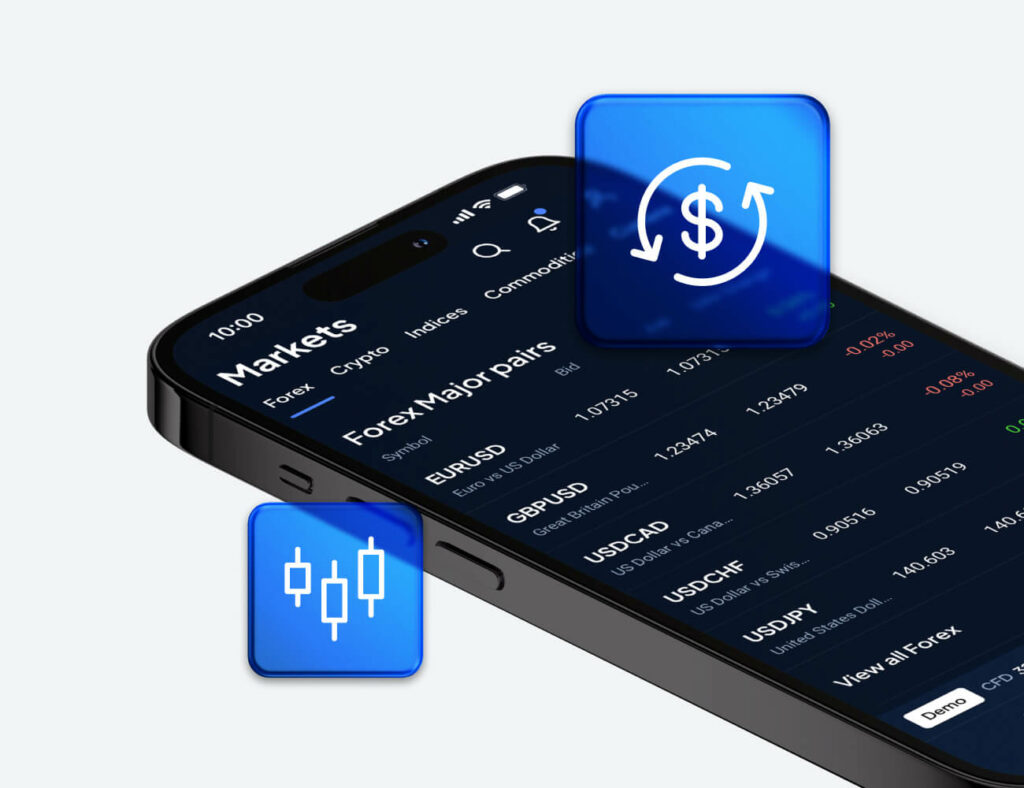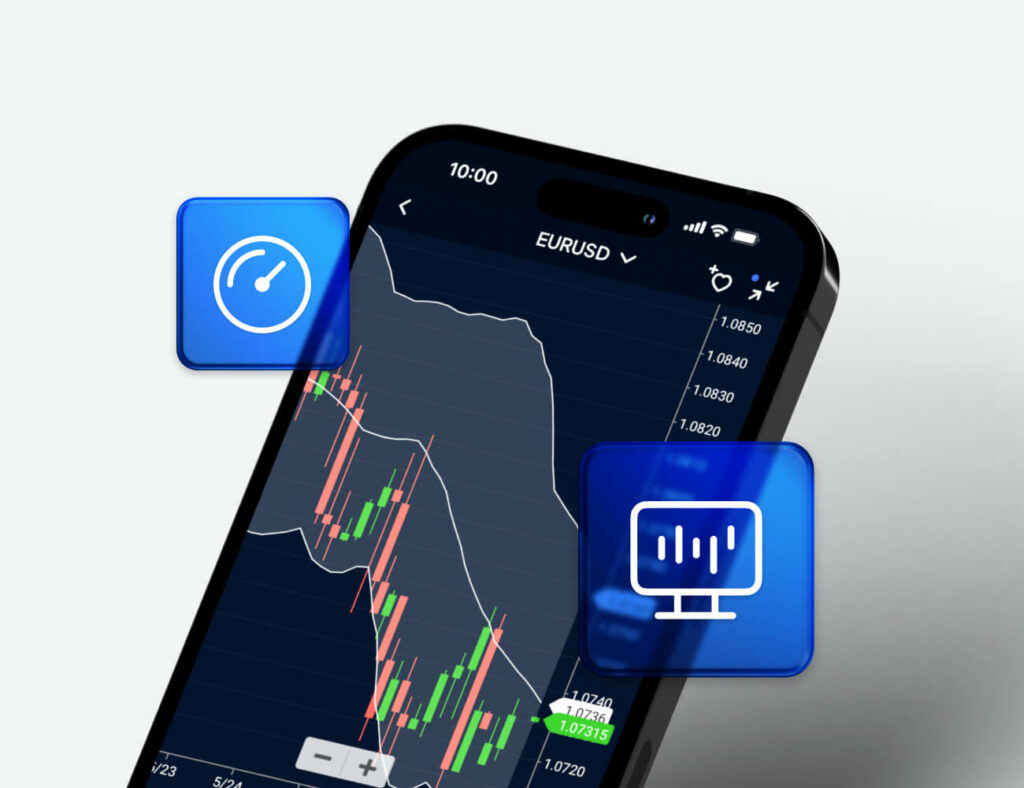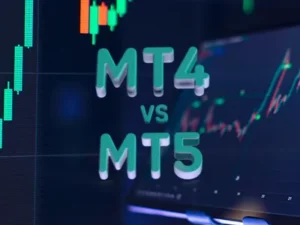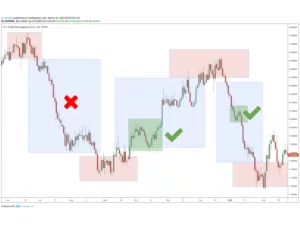If you’re an investor in India looking to enter crypto or expand your app usage, choosing the right trading app matters. A strong app supports Indian rupee deposits and withdrawals, offers good coin variety, has transparent fees, and provides reliable security. In practice, you might test two apps side by side for a week: deposit a small amount (say ₹1000), buy a few coins (e.g., Bitcoin, Ethereum, one altcoin), record the time it takes to deposit and withdraw, check how user interface handles orders, and compare how each app performs under similar market movements. That hands-on comparison gives you real insight into how comfortable you feel on each platform.
What Features Matter in Crypto Trading Apps
When selecting a crypto trading app in India, users should focus on features that directly impact cost, safety, and trading experience. Since many platforms now serve Indian users with INR deposits, it’s important to check local compatibility, supported cryptocurrencies, and transparent fees. A good app must offer smooth UPI or bank transactions, fast withdrawals, and a secure environment that protects user funds. Understanding these details helps traders avoid hidden charges or unreliable exchanges and ensures they choose a platform suited to both beginners and regular investors.
Supported Coins and INR Transactions
The best crypto trading apps allow direct INR deposits and withdrawals through trusted payment methods like UPI, IMPS, or bank transfer. This makes buying and selling digital assets fast and convenient without needing foreign exchanges or conversion steps.
A strong platform should support major coins such as Bitcoin (BTC), Ethereum (ETH), Ripple (XRP), and Litecoin (LTC), along with a wide selection of altcoins for users looking to diversify. For example, Indian-focused crypto guides highlight platforms that support over 500 cryptocurrencies, enabling users to explore both established and emerging tokens.
Apps like CoinDCX, WazirX, and ZebPay have gained popularity for providing reliable INR gateways, clear verification processes, and local tax reporting options. This ensures Indian traders can operate smoothly under domestic financial guidelines while accessing global markets.
Fees, Spreads, and Transparency
Comparing fee structures across apps is critical because small differences can impact profits — especially for frequent traders. Each platform has its own spot trading fees, futures fees, withdrawal costs, and sometimes hidden deposit or network charges.
Some exchanges advertise “zero maker fees” or discounted trading costs, but the real expense often appears in wider spreads or higher withdrawal fees. For instance, CoinDCX and WazirX have different fee tiers depending on trade volume, while global apps like Binance offer lower base fees but charge extra for INR transactions through third-party gateways.

When evaluating apps, always check:
- Spot and futures trading fees (typically 0.1%–0.2%).
- Deposit and withdrawal costs, especially for INR.
- Maker/taker spread differences, which affect order execution.
- Clarity of fee display on the website or mobile app.
In short, transparency matters more than promotional claims. A good crypto app provides upfront pricing, live spread data, and clear transaction history — helping traders plan their budgets and avoid hidden surprises.
Security and Regulatory Considerations
Your chosen app must support 2FA (two-factor authentication), store majority of assets in cold wallets, and have clear security policies. Beginner guides emphasise these as key.
Prefer platforms that are registered with India’s Financial Intelligence Unit (FIU) or similarly compliant. The reliability of INR banking, KYC and AML procedures matter.
Top Crypto Trading Apps in India
Here’s a table comparing some of the strong apps for investors in India:
| App Name | Approx. Trading Fees | INR Deposit/Withdrawal Support | Number of Coins | Strengths |
|---|---|---|---|---|
| App A (e.g., CoinDCX) | ~0.2 % spot (varies) | Yes – UPI, bank transfer | 500+ | Indian-based, good INR support |
| App B (e.g., WazirX) | ~0.1-0.4 % | Yes – P2P INR, wallets | 300+ | User friendly for beginners |
| App C (e.g., Binance global) | ~0.1 % but variable | Yes – P2P INR via local banks | 1000+ | Huge coin list, deep liquidity |
These are illustrative; you must check the live data for each app before usage.
How to Choose Your App & Test It
A good app should be fast, stable, clear on fees, and reliable for withdrawals. Treat selection like a mini audit: test two apps side by side with the same coin, same time window, and a small budget. Your goal is to measure execution quality, total cost, and payout reliability—not to chase profit during the test.

Step-by-Step Testing Plan
- Pick two apps you are comfortable with.
- Deposit a small amount in each (₹1,000).
- Buy the same coin (e.g., Bitcoin) on both at similar times.
- Hold 1–2 days; watch how the UI behaves during price dips.
- Withdraw part (₹300–₹500) from both; note speed and any checks.
- Record: trade execution time, fees, spread, slippage, withdrawal time, any issues.
Investor Strategies and How the App Supports Them
If you invest to hold for months or years, app focuses: deposit ease, minimal fees, strong security. You will not trade often, so UI and coin variety matter less than safekeeping. If you plan to trade daily or swing trade, you’ll value: low fees, fast execution, good charting tools, mobile notifications for price movements. Choose an app that lets you switch between coins quickly.
Common Pitfalls and How to Avoid Them
Some apps waive one fee but add charges elsewhere (e.g., high withdrawal fee, currency conversion). Always read the “fee schedule” in the app.
If many users jump in when prices drop or surge, slower apps can lag or fail. During your test week check how the app handles price spikes (for example, coin drops by 5 %—how fast did the app update).
Some apps list only large coins; if you want altcoins pick ones that list 200-300+ coins. The guides show this as a differentiator.
Monitoring Performance and Scaling Up
Tracking performance is one of the most important habits for anyone starting in crypto or colour trading. It helps you understand how well each platform performs, how consistent your results are, and whether the app handles transactions smoothly. Beginners often overlook this step, but careful monitoring reveals patterns — such as higher fees, slower withdrawals, or better price execution on certain platforms. Treat your early trading phase as research time rather than profit-seeking. Once you have solid data, you can make confident decisions about where and how much to invest.
Record Your Performance
Keep a detailed record of every trade or prediction you make. A simple spreadsheet is enough to track daily progress and app performance. Include the date, app name, coin or market, buy price, sell/hold price, trading fees, net profit or loss, and any issues faced during transactions.
Here’s an example of what your tracking table might look like:
| Date | App Used | Coin/Trade | Buy Price | Sell Price | Fees (₹) | Profit/Loss (₹) | Notes / Issues |
|---|---|---|---|---|---|---|---|
| 02-Nov | CoinDCX | BTC/INR | ₹5,000 | ₹5,200 | ₹10 | +₹190 | Smooth transaction |
| 03-Nov | WazirX | ETH/INR | ₹3,000 | ₹2,950 | ₹8 | -₹58 | Slow withdrawal |
| 04-Nov | Binance | BTC/USDT | ₹10,000 | ₹10,150 | ₹15 | +₹135 | High speed, low fees |
After two weeks, review this data to see which app offered lower fees, faster performance, and fewer technical issues. This approach helps identify the most reliable and cost-efficient platform for your next stage.
When to Scale Your Investment
Scaling up should be gradual and based on proven experience, not emotions or early profits. Only increase your trading amount after at least 2–3 weeks of consistent use when:
- The app’s withdrawal process works smoothly with no delays.
- Fees are reasonable and clearly visible before each trade.
- The interface performs well under heavy traffic or market volatility.
- You feel confident using advanced options like stop-loss, limit orders, or fund transfers.
If any major issue appears — such as withdrawal errors, inconsistent results, or unexplained balance changes — pause and re-evaluate. It’s safer to continue with smaller amounts or switch to a better-reviewed platform rather than risk larger sums.
FAQ
How many coins should the app ideally support?
Aim for apps that support at least 300-500 coins if you plan altcoin investing; if you stick to major coins (BTC, ETH) then 100+ may suffice. Guides show large Indian-targeted apps list 500+ coins.



